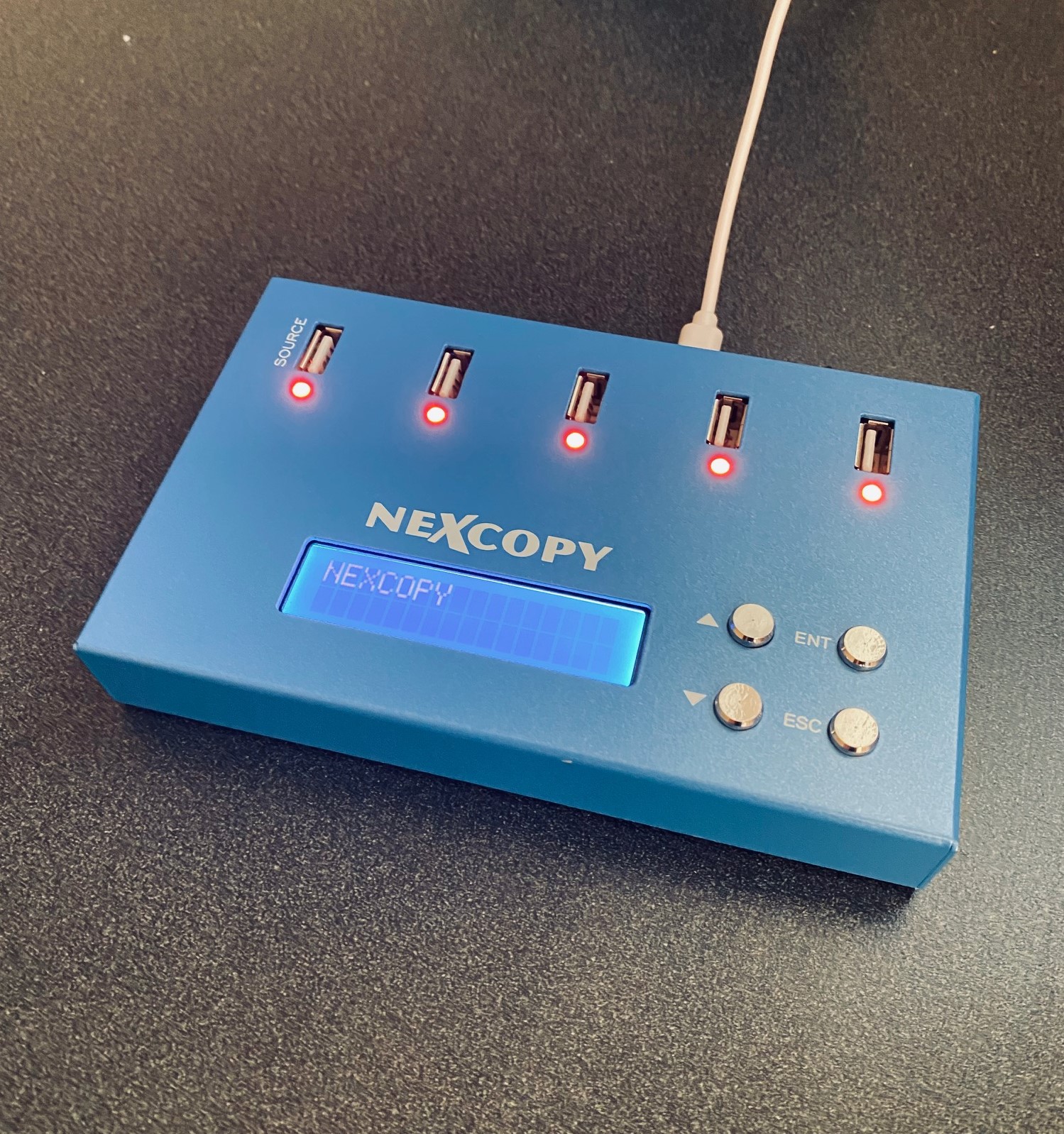Key Value Store Computational Storage Device for NAND

KV-CSD is an acronym for Key Value Store Computational Storage Device and Hynix a NAND memory manufacturer is directing their technology towards this storage approach.
Here at GetUSB.info we focus on NAND memory and typically look at the write speeds of devices. However, for data centers and analytic companies, the ability to retrieve data is more important. The ability to read the index of where data is and then retrieve it is a key part for data analytics and how companies can react to queries.
Just imagine something like an insurance company holding millions of policies and related customers who need to search and sort through large amounts of data quickly while servicing customers… now imagine that same requirement during a natural disaster where the incoming requests skyrocket. Quickly finding the data needed becomes a mission critical task.
Traditional methods for indexing are “relationship databases” and done on a file-record level. A file-record indexing approach uses predefined data structures in the database as a series of tables containing data about the type of information related to the files, like meta-data tags.
In contrast, key–value systems treat the data as a single transparent collection which can have many different values for each record in a column structure. The indexing values in a column provide a more efficient method to search the indexed data to more efficiently find the requested data.
What Hynix is doing is introducing a method to index content on the fly (as it’s being written) into NAND memory so when a subsequent search is performed the result will present itself more quickly.
Hynix teamed with Los Alamos National Laboratory in Northern New Mexico who is a multidisciplinary research institution engaged in strategic science on behalf of national security, and managed by Triad, a public service-oriented, national security science organization equally owned by its three founding members: Battelle Memorial Institute (Battelle), the Texas A&M University System (TAMUS), and the Regents of the University of California (UC) for the Department of Energy’s National Nuclear Security Administration.
Los Alamos enhances national security by ensuring the safety and reliability of the U.S. nuclear stockpile, developing technologies to reduce threats from weapons of mass destruction, and solving problems related to energy, environment, infrastructure, health, and global security concerns.
Reference material: Los Alamos National Laboratory website page about collaboration.






 Toshiba Corp. said Tuesday it has slashed production of NAND flash memory for use in USB drives and memory cards by about 30 percent at its plant in Yokkaichi, Mie Prefecture. It’s the first output cut for the device in about three years.
The electronics maker aims to work off inventory and see a recovery in the market amid falling prices for the memory devices due to oversupply.
Toshiba last reduced production of NAND flash memories after the 2009 financial crisis touched off a global economic downturn.
Toshiba Corp. said Tuesday it has slashed production of NAND flash memory for use in USB drives and memory cards by about 30 percent at its plant in Yokkaichi, Mie Prefecture. It’s the first output cut for the device in about three years.
The electronics maker aims to work off inventory and see a recovery in the market amid falling prices for the memory devices due to oversupply.
Toshiba last reduced production of NAND flash memories after the 2009 financial crisis touched off a global economic downturn.
 Toshiba announced this morning of mass production in 128Gbit NAND flash memory with three-bits-per-cell storage in 19nm process.
What this means is more storage space in a smaller area. The 128Gbit memory is only 170mm square.
The reduced size implies cost of manufacturing will go down, efficiency will go up. The down side is the TLC or three bit per cell, is less stable then two bits per cell like MLC or multi layer cell technology.
This isn’t a big concern for most users as the TLC flash will go into less important devices like
Toshiba announced this morning of mass production in 128Gbit NAND flash memory with three-bits-per-cell storage in 19nm process.
What this means is more storage space in a smaller area. The 128Gbit memory is only 170mm square.
The reduced size implies cost of manufacturing will go down, efficiency will go up. The down side is the TLC or three bit per cell, is less stable then two bits per cell like MLC or multi layer cell technology.
This isn’t a big concern for most users as the TLC flash will go into less important devices like  Micron is a world leader in flash memory technology, and a top brand we favor here. Micron makes memory for various devices like computers, cell phones, cameras, cars and industrial application products.
Micron is a world leader in flash memory technology, and a top brand we favor here. Micron makes memory for various devices like computers, cell phones, cameras, cars and industrial application products.
